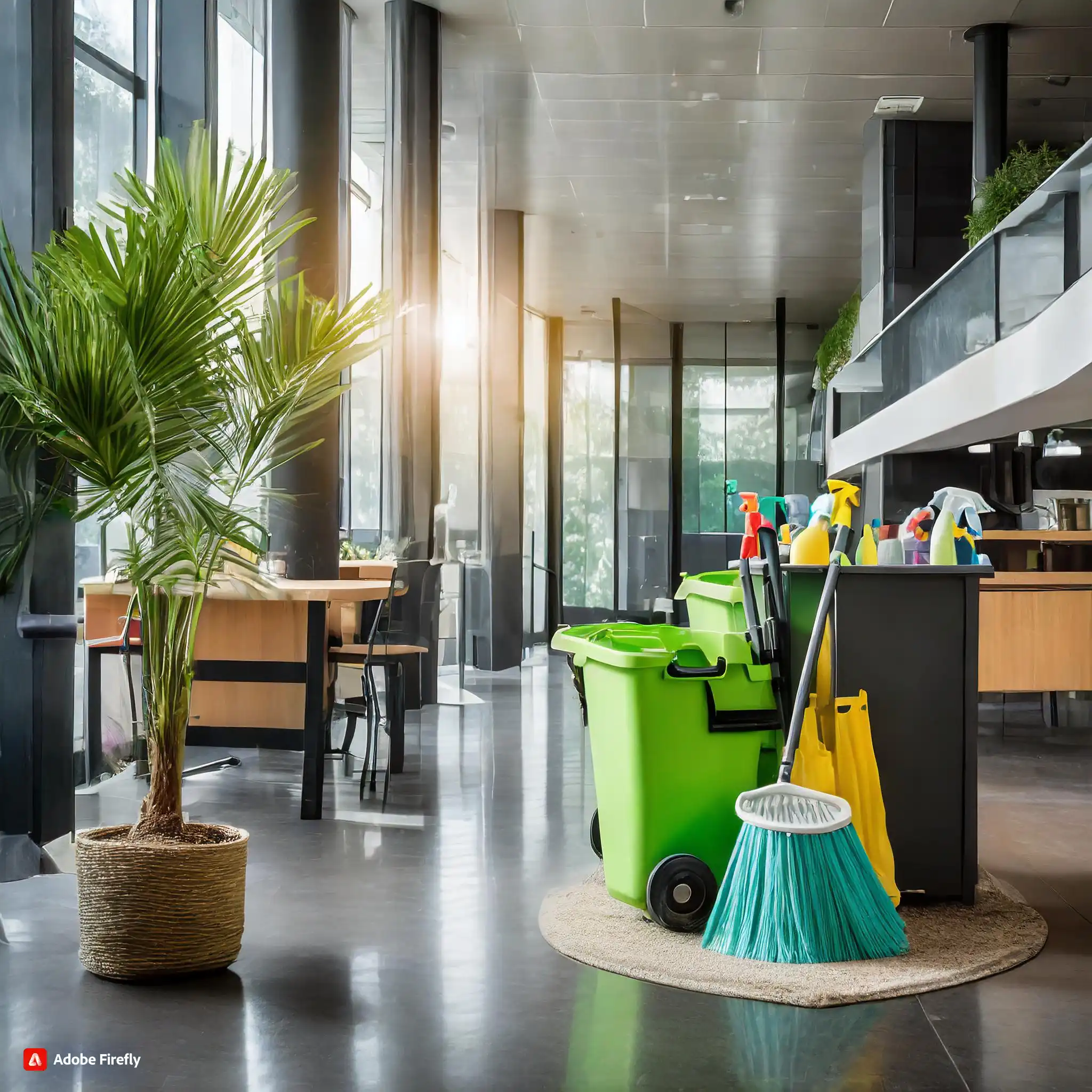Preserving Your Floors: The Battle Against Destructive Grit
Grit, originating from dirt and debris, is a silent assailant that can wreak havoc on the longevity and appearance of
your carpets and floors. Understanding the destructive force behind this grit is the first step in developing effective
floor maintenance strategies.
Foot traffic grinds the grit into the surfaces, tearing apart carpet fibers and damaging floor finishes. The concept of
keeping floors and carpets clean at all times may seem simple, but its execution requires diligence and the right tools.
Sweeping: Quick, Cheap, and Easy
Sweeping is a fundamental yet highly effective preventive measure. Depending on foot traffic and environmental
conditions, regular sweeping is crucial to eliminate dirt, sand, ice melt, and debris. This not only preserves the
aesthetics of your space but also enhances safety for both employees and patrons.
Choosing the Right Broom
**Selecting the right broom is pivotal in effective sweeping. Different broom filler materials cater to specific needs:
**
- Tampico: A vegetable fiber from Agava plants, suitable for dry floors and counter brushing.
- Palmyra: A cinnamon-colored vegetable fiber with medium stiffness, ideal for scrubbing and durability.
- Horsehair: Often soft, available in various lengths and stiffness, used in counter brushes, window brushes, and
brooms.
- Nylon: A man-made filament resistant to chemicals and water, utilized in various applications.
- Plastic: Comes in different varieties, commonly polypropylene and polystyrene, used in various broom and brush
applications.
- Flagging: A process of shaving fiber ends for better sweeping of fine particles.
Mopping and Scrubbing: A Deeper Clean
To address what the broom might have missed, incorporating wet cleaning methods is crucial. Wet mopping, auto scrubbing,
or using a stiff brush with a squeegee helps remove residue and prevents further damage.
Chemical Use: Precision Matters
Choosing the right chemicals for your flooring material and specific soils is essential. Mix chemicals with water at an
appropriate strength to avoid leaving residues that attract dirt. Be cautious with strong chemicals like pine oils and
quaternary disinfectants, as an excess can leave undesirable residues.
Avoid Bleach and Bleach-Based Products
Bleach, acids, and strong alkalis can be detrimental to floor finishes. Opt for non-abrasive and neutral pH products.
Establish a comprehensive floor maintenance program that includes sealing, scrubbing, re-coating of floor finish, and
regular buffing/burnishing.
Reach Out for Guidance
Feel free to contact us for assistance in establishing a customized floor maintenance program. Our
expertise and commitment to quality will help you navigate the challenges posed by destructive grit.
